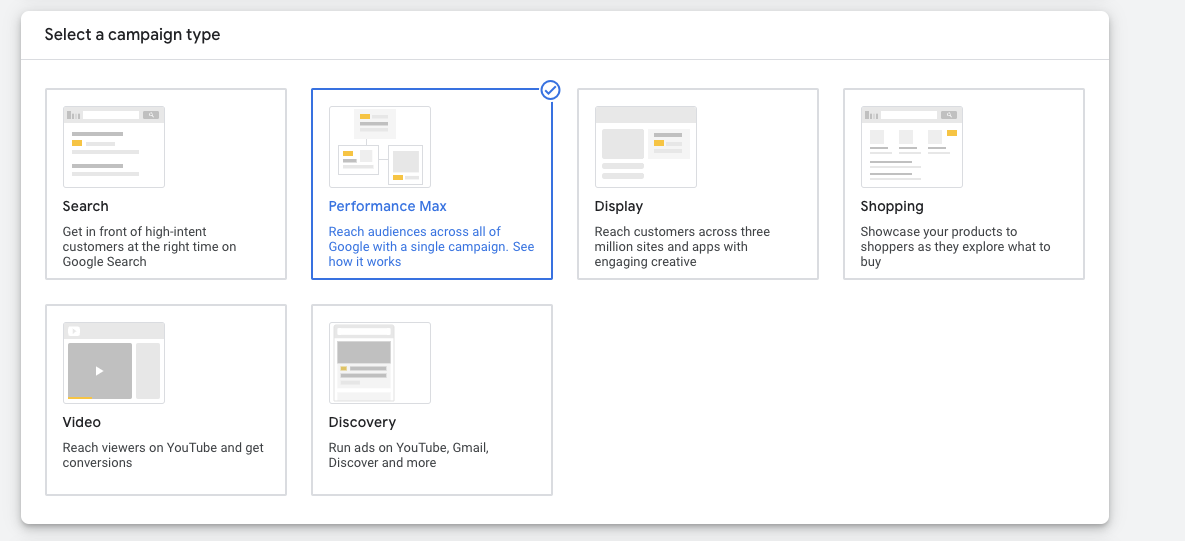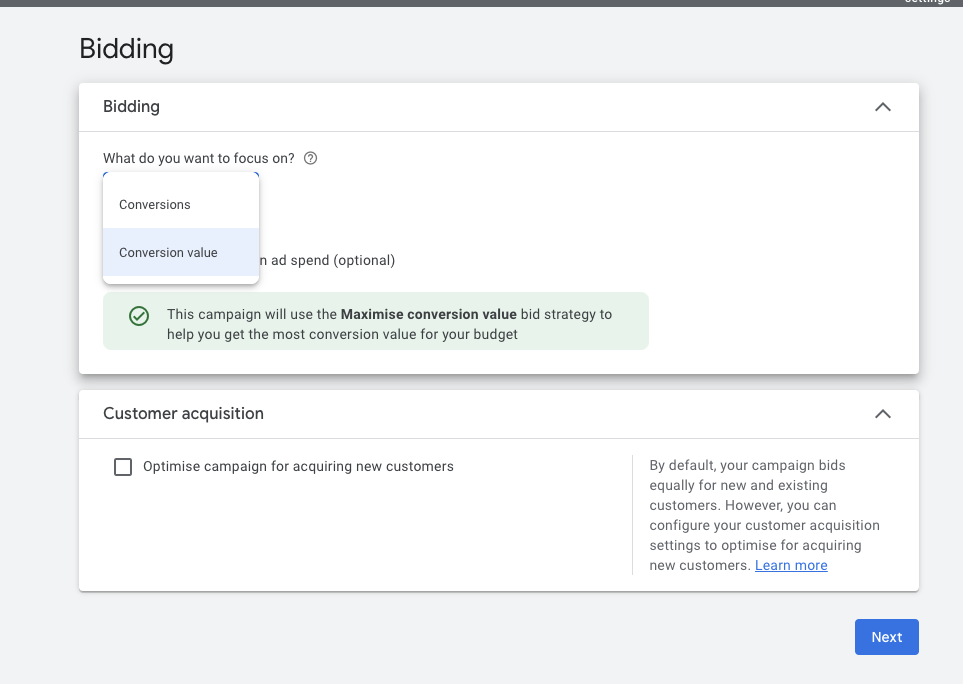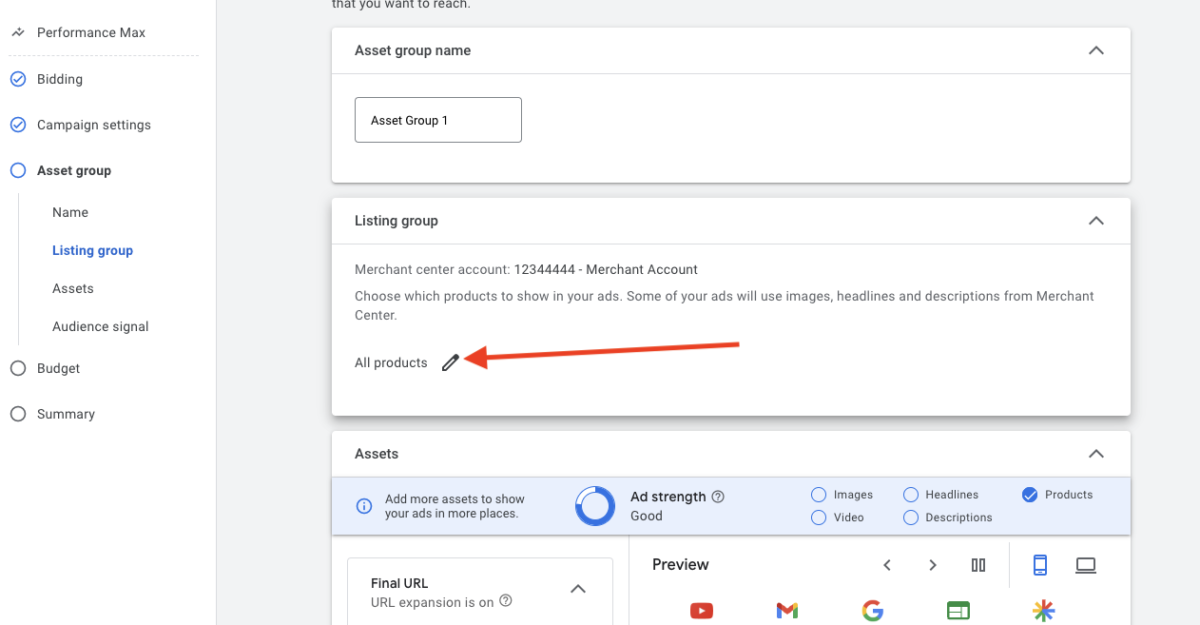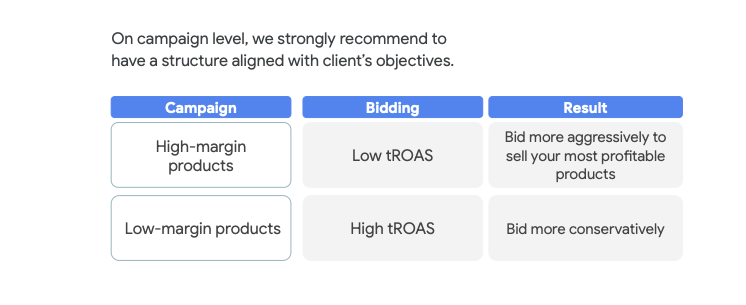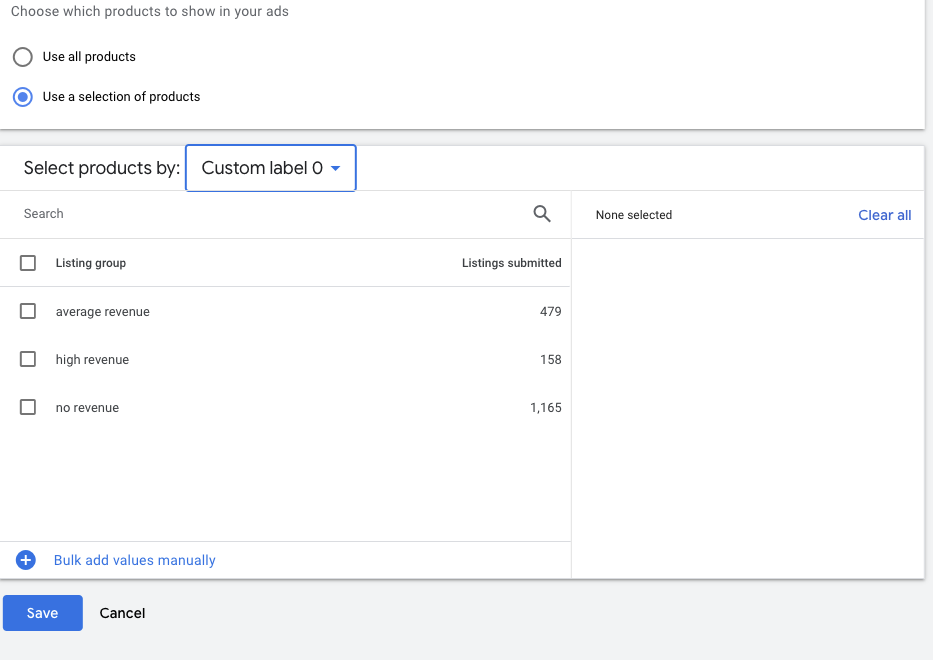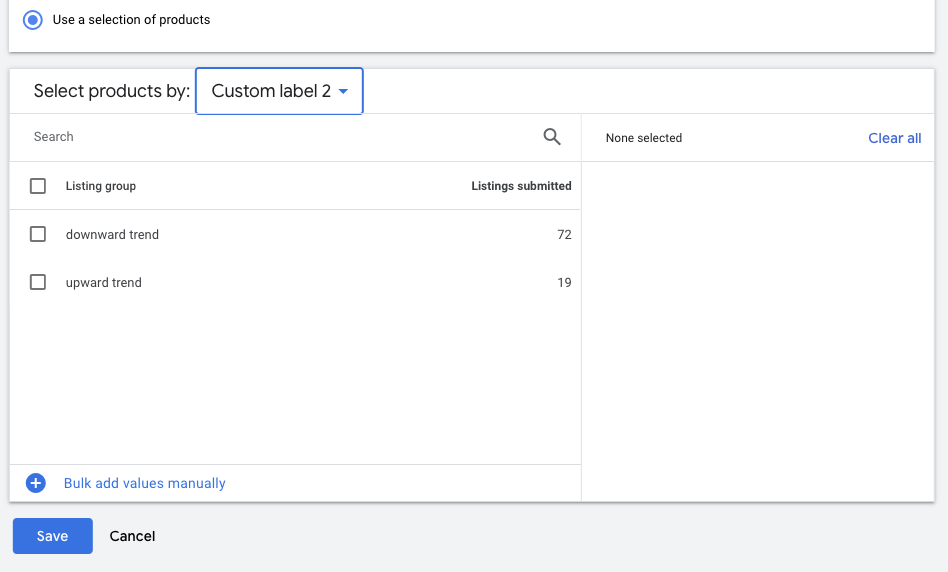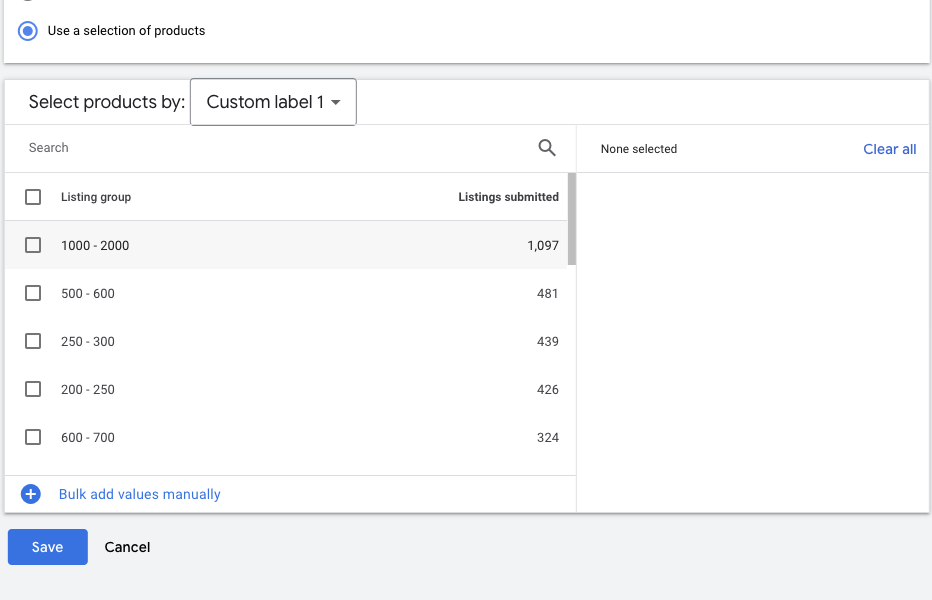PMax Campaigns: Best Practices
If you’re an ecommerce business looking to optimise your advertising campaigns on Google Performance Max campaigns, TRUDA can help you identify the best products to advertise and drive maximum revenue. Maximizing the performance of your performance max campaigns can be a daunting task, especially if you have a large product catalog with a wide range of price points, categories.
Google Ads Performance Max campaign allows you to advertise your products across Youtube, Display, Search, Discovery, Gmail and Maps all in one single campaign.
Benefits and Downsides
Driving better results across your campaigns
It’s a conversion focused campaign meaning it will optimize based on conversions and conversion value
Less Manual work
It’s somewhat of a “black box” meaning we, as marketing specialist, receive little to no information
It may attribute some of the conversion of the account
You cannibalize your audience if you have multiple types of campaigns in your account
Bidding
One of the most important setting we have encountered in many account is the bidding part.
First things first – You need to setup the conversion tracking prior to this and make sure you have tracked the values and number of the conversions correctly. Remember that if we have bad info in the account Google doesn’t know that and will optimise based on those values. Our suggestion is to this at least 1-2 weeks before starting a campaign.
Best practice for ecommerce: Have you purchase conversion set as primary and make sure the values are without shipping or taxes so the ROAS report will be correct: Income Net Value / Ad spend.
Customer acquisition
Remember when we said above that Pmax includes Display? That means also Remarketing and will retarget automatically the people who visited your website. In order for this to work you need to add Customer Match list and we also suggest to implement Enhanced conversions to track info about your users. Google will automatically detect what users already purchased from your website and you can optimize your campaign only for new customers.
Choose the right products
PMax campaigns are grouped by Asset Groups. If you created Google Ads campaigns in the past they work exactly like Ad groups.
PMax Asset groups includes:
- Listing group: this is where the magic happens and we choose our products.
- Assets: where we add our images, videos and text.
- Audience signal: information about our audience. Information such as websites they visit, keywords they search on Google.
What we found out in our best accounts that the combination of performing products combined with a good audience signal is the key to a profitable campaign.
The account structure can we quite a challenge because the audience may overlap, some products may be present in multiple campaigns and it’s all up to you on how you set the campaigns structure. If you need a best practice account based your business type you can follow-up on this link to view a list of best practices depending on the business type.
We have to take into consideration the following things:
Number of conversions
a campaign will behave different when we have 10 conversions a month versus 200 conversions / month. The more data the better.
Budget amount
It is as important as the number of conversions. If you have a average CPA of 3$ and your daily budget is 10$, the system will know how many conversions it will deliver in that set amount of budget. This will impact mostly your product performance so make sure you have at least 10-20 times the amount of an average CPA.
Number of products in a campaign
You will encounter different CPC’s for each product. When a campaign has 100 products the average CPC is different than when a campaign has 1000 products.
Labels
When using TRUDA, you can segment your campaigns based on custom labels that were previously unavailable in Google Ads accounts. Some of these labels include Revenue Label, Price Range, Trend, ROAS Label, Conversion Rate Label, Profit Margin, Google Clicks, Hero/Toxic Products, New Products Label, Benchmark, Profit, CTR, and many others.
Revenue label
TRUDA will add to custom_label_0 one of the following labels based on the data: “high revenue”, “average revenue”, “no revenue”. The information regarding revenue is based on the last 30 days, so when we say a product has a label of “no revenue” that means that product didn’t not generate any revenue in the last 30 days and is present in our feed management.
Based on your revenue you can have the following account structure:
- A campaign with products with high revenue.
- A campaign with products with average revenue.
- A campaign with all products (excluding high revenue and average revenue).
Trending products
TRUDA, using machine learning, looks at products across multiple time frames and labels them on custom_label_2. The label include the values:
“upward trend” meaning products that are being sold in the present but did not sale in the past. Think of those “summer sandals” you purchase only in a specific period.
“downward trend“ meaning products that were sold in the past but are not sold in present time. Think about ski equipment which is mostly purchased in winter.
If a product is constantly purchased that he will be considered as a “evergreen product”.
Based on these labels we can add different assets to your existing campaigns or create new campaigns. Example:
- A campaign or an asset with products with label “upward trend”.
- A campaign with all products and exclude products with “downward trend”.
Price ranges
TRUDA groups the products based on their sales price (or price for products that don’t have a sale price). It will create brackets completely customisable and it will add on custom_label_1 the bracket size. If a product has a sale price today of 30$ he will be in the bracket 0-50 but tomorrow has a sale price of 55$, then he will have a new label 50-75. The currency is based on the Google Merchants accounts currency.
In this example you can see exactly how many products we have in a specific bracket and we can advertise it. When we look in TRUDA dashboard we see that products between 1000-2000 did not generate any revenue and we can exclude them.
Based on these labels we can add different assets to your existing campaigns or create new campaigns. Example:
- A campaign with all products (excluding high revenue and average revenue and excluding products between 1000-2000).
- A campaign with products between 600-700.

